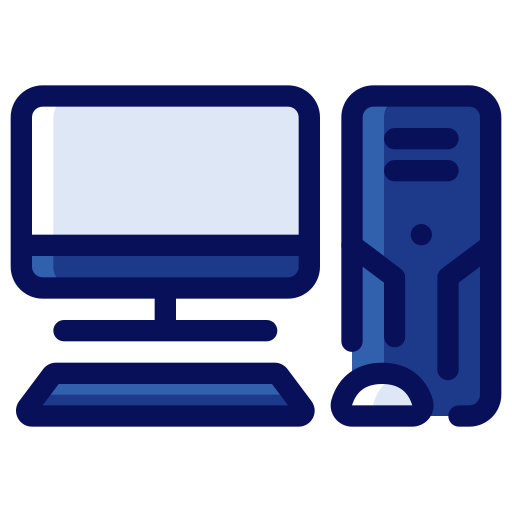

Breaking Bad was just a two season show, Walt either wins or he loses.
Better Call Saul should have just been a one season show, we already know he’s Saul Goodman.
/s
Breaking Bad was interesting because we watched Walt go from a mild mannered high school chemistry teacher to murderous meth kingpin.
Better Call Saul was interesting because we saw a screw up little brother turn into a huge drug lawyer. (It’s more than that, but I’ll keep it light on the details for now.)
And Carol? Look at episode 1 Carol versus this past episode Carol. How will the new episode/finale change her again? There is a lot of ways the story could go, and I’m excited to see what happens.





Is saying you have a four season plan the same as forcing a show to last x number of seasons? Four isn’t some arbitrary number, it’s how many seasons the creator of the show thinks it will take. Vince wants to tell a story and he is saying I need four seasons of episodes to do it.